In today’s high-speed, ever-changing work environment, productivity isn’t just a buzzword—it’s an essential trait that sets individuals and organizations apart. Productivity is about more than just getting things done; it’s about maximizing output without unnecessary strain, freeing up time for creativity, innovation, and fulfillment. To truly maximize productivity, one must take a holistic approach, combining effective time management, leveraging technology, optimizing work environments, and nurturing well-being. Let’s explore the multifaceted strategy of maximizing productivity, offering practical insights and actionable steps.
**1. Understanding Productivity: Quality Over Quantity**
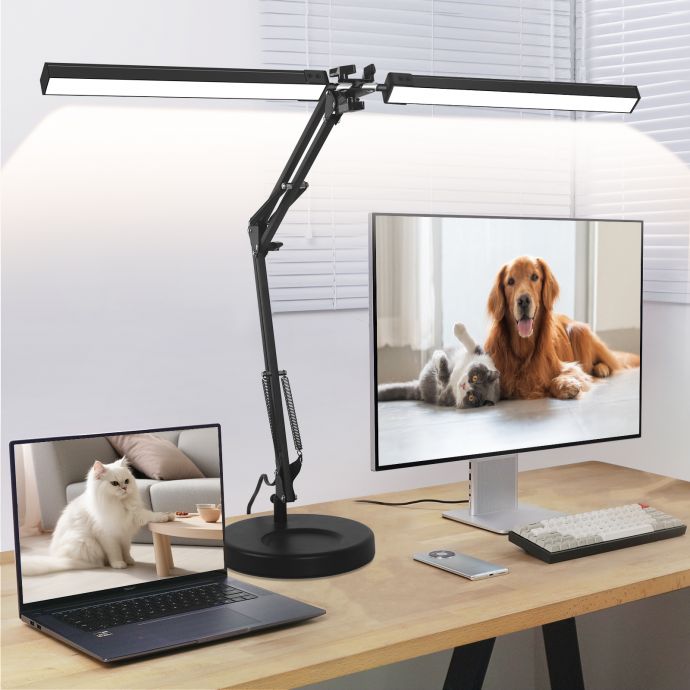
Before diving into tactics, it’s crucial to redefine productivity. Productivity isn’t simply about crossing off tasks or working longer hours. True productivity centers on outcomes, not output. It’s about achieving impactful results efficiently. That means doing the right things, in the right way, and at the right time.
Reflect on your objectives: Are you spending time on tasks that align with your most significant goals? Or are you getting bogged down in busywork? Clarity of purpose is the first step to meaningful productivity. Prioritize activities that drive value, and learn to gracefully eliminate or delegate tasks that don’t move the needle.
**2. Strategic Goal Setting and Prioritization**
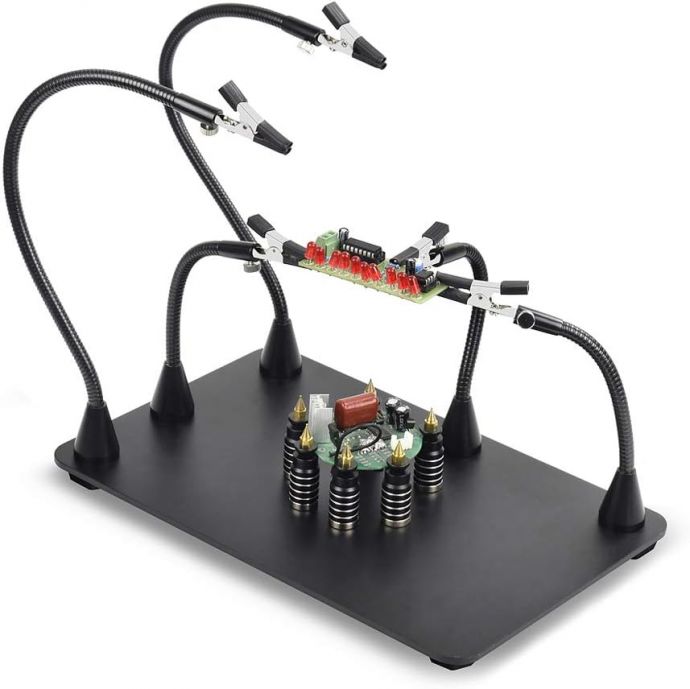
Maximizing productivity begins with setting clear, actionable goals. Vague ambitions (“be more organized”) rarely yield results. Instead, use frameworks like SMART (Specific, Measurable, Achievable, Relevant, Time-Bound) goals. Breaking down larger projects into smaller, manageable milestones also helps maintain momentum.
Once goals are set, master the art of prioritization. The Eisenhower Matrix is a simple yet powerful tool to separate the urgent from the important, ensuring you focus your energy on what truly matters rather than what simply demands immediate attention. Keep a dynamic to-do list, constantly reviewing and adjusting based on changing needs and new information.
**3. Harnessing the Power of Time Management**
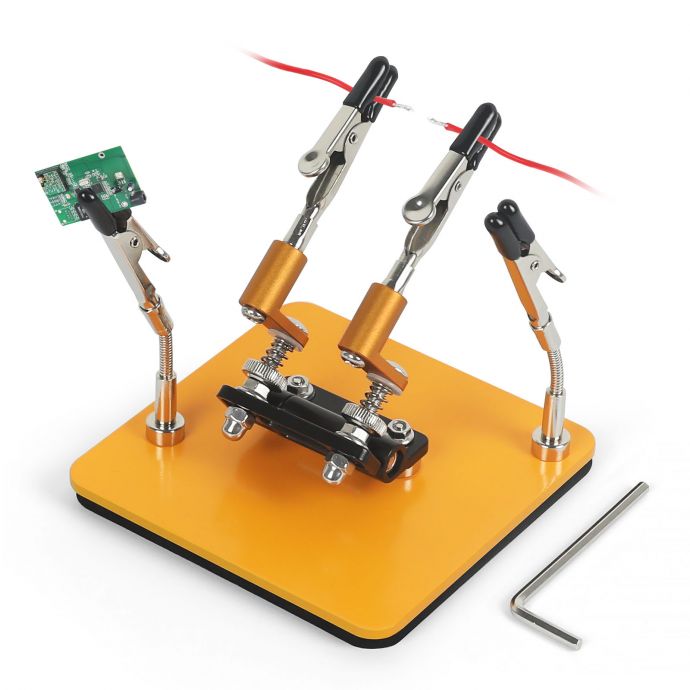
Time is a non-renewable resource—a cornerstone of maximizing productivity. Adopting effective time management strategies can transform how you work:
- **Time Blocking:** Allocate specific time slots for focused work, meetings, and breaks. This helps guard against multitasking and context switching, both proven productivity killers.
- **The Pomodoro Technique:** Work in short, focused bursts (typically 25 minutes), followed by short breaks. This reduces mental fatigue and maintains high levels of concentration.
- **The Two-Minute Rule:** If a task takes less than two minutes, do it immediately. Small tasks won’t pile up and become overwhelming.
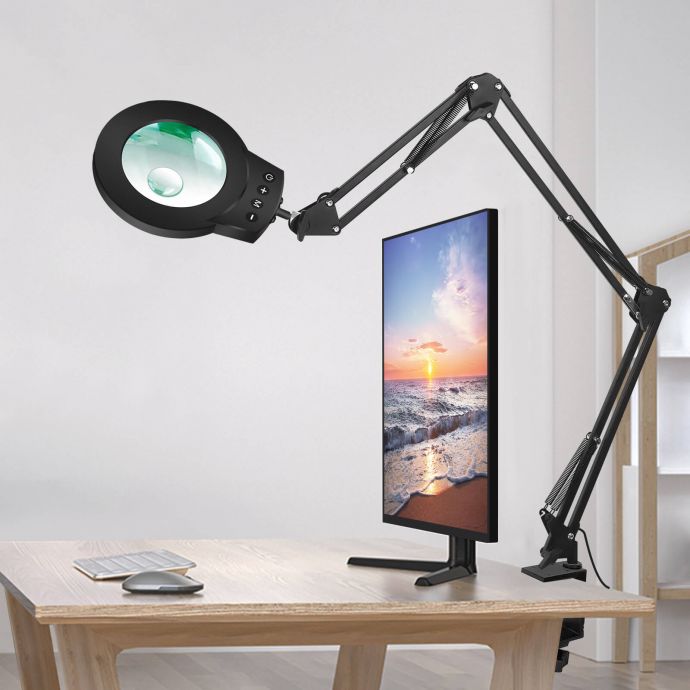
Regularly audit your calendar and assess where your time goes. Are you spending too much time on email or low-value meetings? Ruthlessly protect your “peak productivity hours”—times of day when you are naturally most alert and creative—and reserve them for your most important work.
**4. Leveraging Technology Wisely**
Digital tools and apps can supercharge productivity—but only when used wisely. Be selective about the technologies you adopt, ensuring they serve your needs rather than creating more noise.
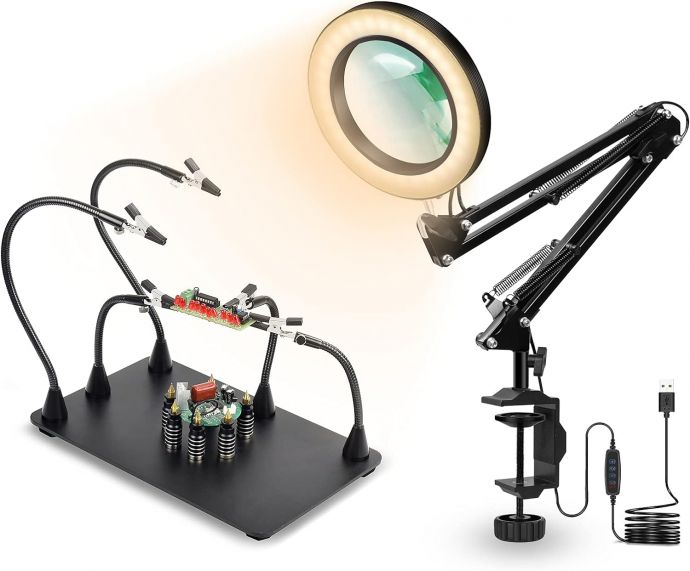
- **Task Management Apps:** Tools like Todoist, Asana, or Trello help organize projects, set deadlines, and track progress.
- **Automation:** Automate repetitive tasks (scheduling, data entry, email sorting) with tools like Zapier or IFTTT.
- **Focus Tools:** Minimize distractions with apps like Freedom or Focus@Will, which block distracting sites or provide productivity-enhancing background noise.
However, beware of “app overload.” A scattered digital ecosystem can sap mental energy. Consolidate where possible, and regularly review your tech stack to eliminate redundancies.
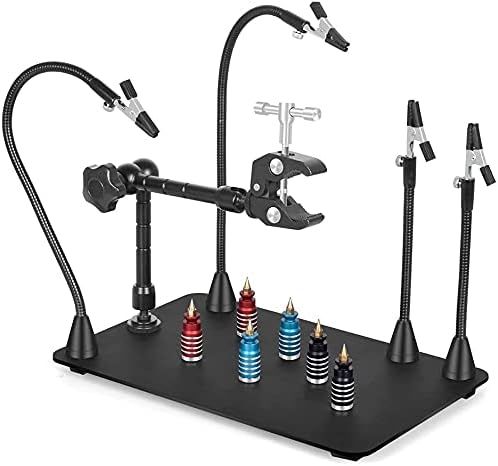
**5. Creating an Optimal Work Environment**
Your physical and digital environments significantly influence your efficiency. A cluttered, chaotic workspace breeds stress and distraction. Create a dedicated, tidy space with good lighting, ergonomic seating, and all the tools you need within arm’s reach.
Digitally, organize folders, streamline your desktop, and maintain clear file naming conventions. Unsubscribe from irrelevant newsletters and organize email using folders and rules. Remove visual clutter—both in your physical and digital spaces—to reduce cognitive load and make it easier to find what you need.
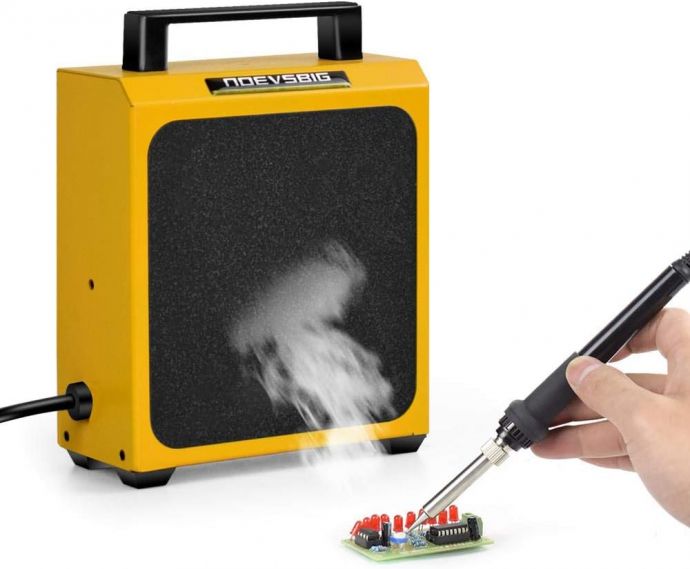
**6. Combatting Procrastination and Managing Distractions**
Procrastination is productivity’s archenemy. It often stems from feeling overwhelmed, perfectionism, or lack of clarity. To beat procrastination:
- **Break tasks into smaller steps:** Large projects seem daunting; concise, actionable steps lower the entry barrier.
- **Set micro-deadlines:** Short deadlines increase urgency and focus.
- **Use accountability:** Share your goals with a colleague, supervisor, or accountability partner.
Distractions—emails, instant messages, social media—are ubiquitous. Schedule times to check messages rather than allowing constant interruptions. Set “do not disturb” blocks, mute notifications, or put your phone in another room during focused work periods.
**7. The Value of Routine and Habits**
Routines reduce the mental energy spent on decision making. Developing consistent morning and evening rituals primes you for productivity. For example, starting your day with a review of goals, and ending it by planning tomorrow’s agenda. Habits around when and how you work, such as beginning each work session with a quick prioritization or “reset,” foster long-term productivity.
The key is to automate as much of your workflow as possible with positive habits, freeing your mental resources for creativity and problem-solving.
**8. Self-Care: Rest, Nutrition, and Movement**
Peak productivity is impossible without well-being. Your mind and body are your most important assets.
- **Sleep:** Prioritize quality rest. Chronic sleep deprivation reduces cognitive abilities, focus, and creativity.
- **Nutrition:** Fuel yourself with balanced meals. Avoid excessive caffeine and sugar, which can lead to energy crashes.
- **Movement:** Incorporate regular physical activity. Even short walks boost blood flow, energy, and mental clarity.
Take regular breaks—mental fatigue sets in after prolonged periods of concentration. Use pauses to stretch, move, and hydrate. Mindfulness techniques, like meditation or deep breathing, can refresh attention and help you return to work with renewed focus.
**9. Embracing Continuous Learning and Feedback**
The world is evolving—so must your productivity strategies. Invest in learning, whether through formal courses, podcasts, or reading. Be curious about new tools and techniques, but critically assess their value to your personal workflow.
Solicit feedback from peers and superiors. What opportunities for improvement do they see? Reflection and adaptation are essential for continuous productivity gains.
**10. Collaboration and Delegation**
You don’t have to do everything yourself. Productivity also comes from trusting others and working effectively together.
- **Delegate:** Assess your unique strengths and offload tasks outside your core competencies.
- **Collaborate:** Use shared platforms for communication and project management to streamline teamwork.
Clarity in communication, defined roles, and transparent processes reduce duplication and confusion, making teams more productive than individuals working in silos.
**11. Dealing with Setbacks and Maintaining Momentum**
No productivity journey is smooth. There will be setbacks: unexpected emergencies, distractions, failed experiments. When progress stalls, avoid self-criticism. Analyze what went wrong, adjust your approach, and try again.
Celebrate small wins. Recognizing progress, however minor, boosts morale and motivation. Momentum is built through consistent effort and positive reinforcement.
**12. Customizing Your Productivity Approach**
Productivity is personal. What works for one may not work for another. Pay attention to your natural rhythms, your preferences, and your life circumstances. Experiment with tools and routines, keeping what works and discarding what doesn’t.
Track your outcomes. Did a new method make you faster or just busier? Adapt and refine your system continuously.
---
In conclusion, maximizing productivity is a holistic process. It blends smart goal-setting, strategic time management, selective adoption of technology, environmental optimization, self-care, and a commitment to continuous growth. It’s as much about doing things better as it is about doing better things. With mindful, intentional action, anyone can unlock greater productivity—and in doing so, create more space for fulfillment and growth in every area of life.









